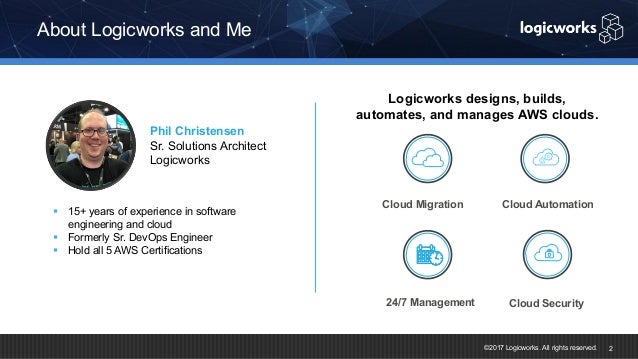

How do you compile in logicworks 5 code#
In order for the ASP.NET engine to service a request for this page, the page's code portion (the file) must first be compiled. TimeLabel.Text = "The time at the beep is: " + () The declarative markup portion (in Clock.aspx) would contain the markup for a Label Web control - while the code portion (in ) would have a Page_Load event handler with the following code: protected void Page_Load(object sender, EventArgs e) The markup and code portions are typically separated into different files: WebPage.aspx contains the declarative markup while houses the code.Ĭonsider an ASP.NET page named Clock.aspx that contains a Label control whose Text property is set to the current date and time when the page loads. The declarative markup portion includes HTML, Web controls, and databinding syntax the code portion contains event handlers written in Visual Basic or C# code.

Explicit Compilation Versus Automatic CompilationĪSP.NET web pages are divided into declarative markup and source code. This tutorial highlights what files need to be deployed when explicitly compiling the code into an assembly versus having this compilation step occur automatically.
How do you compile in logicworks 5 .dll#
dll file) or if you are having these assemblies auto-generated. In general, all client-side support files should be copied from the development environment to the production environment, but what server-side support files get copied depends on whether you are explicitly compiling the server-side code into an assembly (a. This includes configuration files, web services, class files, Typed DataSets, and LINQ to SQL files, among others. Server-side support files include those that are used to process a request on the server-side. Client-side support files are those files referenced by your web pages and sent directly to the browser - images, CSS files and JavaScript files, for example.

The ASP.NET-related files include ASP.NET web page markup and code and client- and server-side support files. Introductionĭeploying an ASP.NET web application entails copying the ASP.NET-related files from the development environment to the production environment. Learn more about these two project models and how the project model affects deployment. What files need to be deployed from the development environment to the production environment depends in part on whether the ASP.NET application was built using the Web Site Model or Web Application Model.


 0 kommentar(er)
0 kommentar(er)
